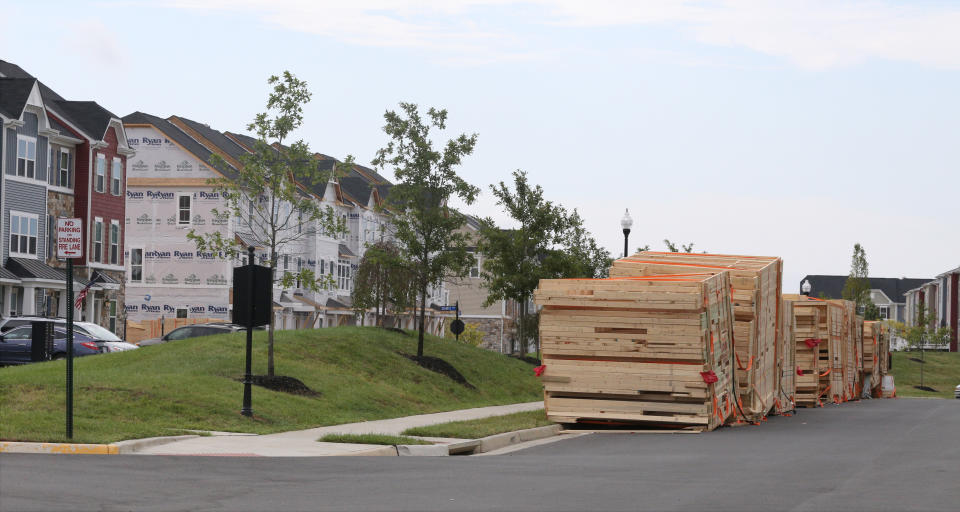‘Land scarcity has really made it difficult for builders’ to construct affordable homes
Construction companies want to build affordable housing — but they need help from politicians, they say.
Current land use and zoning policies are preventing developers from building enough affordable housing in high-demand areas, said Robert Dietz, chief economist at the National Association of Home Builders, a Washington, D.C.-based trade association.
“The building community is ready to build to that particular [low-cost] market, but we do need some policy help from communities in terms of efficient zoning rules, enabling more land to be available so that we can continue to build, particularly in that entry-level space,” said Dietz, calling the low-$250,000 home range “the hardest part of the market for builders to build.”
After a year of affordable housing shortages, construction companies are upping development of low-cost homes, and inventory issues should slightly loosen next year. But new homes often go up in the “exurbs,” or non-central suburbs, rather than favorable commuting locations, he said.

“Land scarcity has really made it difficult for builders to build to that entry-level market… the challenge for the industry, particularly on the construction side, is to supply homes in those areas where you see population and ongoing job growth,” said Dietz. “The frustration in the marketplace right now is finding a home that meets the budget and in the location where you want.”
Inventory shortage will drive prices up
With 50-year low unemployment, skyrocketing wage growth and record-low mortgage rates, it is an attractive time for homeownership. Competition is even higher now because millennials entering their 30s are ready to transition from renting to homeownership, said Dietz. With so many potential homebuyers on the market, affordable homes are scarce. In November, there were 20% fewer homes under $250,000 available than there were last year, according to data from the National Association of Realtors.
Without policy changes to provide enough starter homes in desirable locations, bidding wars are likely to continue in 2020, driving up home prices, said Dietz.
“The new home construction seems to be coming to the market, but we are still not seeing the amount of construction needed to solve the housing shortage,” said NAR chief economist Lawrence Yun in a statement.
Sarah Paynter is a reporter at Yahoo Finance. Follow her on Twitter @sarahapaynter
Read the latest financial and business news from Yahoo Finance
Follow Yahoo Finance on Twitter, Facebook, Instagram, Flipboard, SmartNews, LinkedIn, YouTube, and reddit.
More from Sarah:
Hotel developers are pushing this Lego-like construction trend

 Yahoo Finance
Yahoo Finance 
